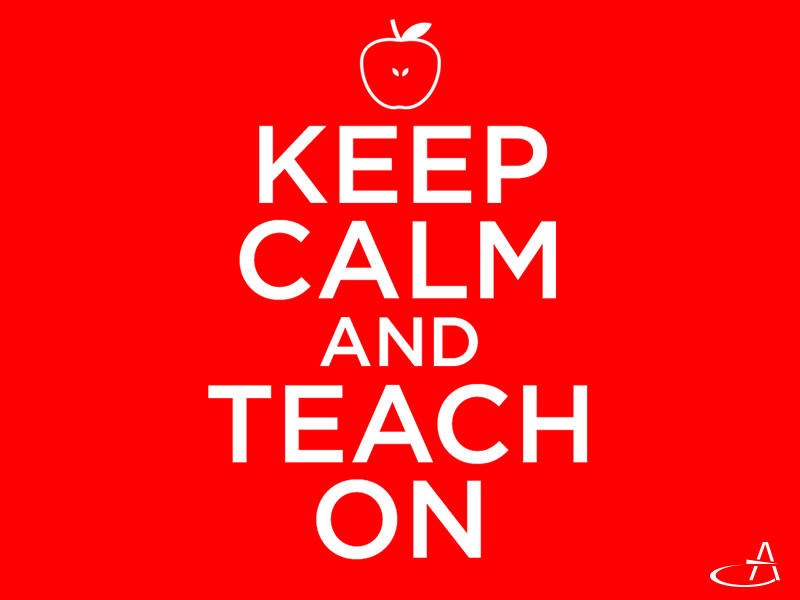It’s an inevitable part of teaching — an angry student. Unfortunately, some students simply don’t know how to self-calm and effectively manage their anger. While there is no magic fix for these stressful encounters, these ten tips can help diffuse situations by showing students respect and teaching self-regulation skills.
1. Stay Calm
It is crucial that you stay calm. This sometimes can be difficult, but if you start shouting and losing your temper, this will only escalate the situation. If needed, take a deep breath and count to ten before reacting.
2. Don’t Take Things Personally
Try to empathize with the student and keep in mind that the misbehavior may be caused by factors beyond their control such as stress, physical symptoms, or something happening at home that you are not aware of.
3. Create a Safe Setting
If possible, handle the situation outside of the classroom. It is important to avoid a private setting — try to make sure other adults are nearby but not directly involved in the dispute.
If it’s not possible to leave the classroom, try to keep your interaction with the student semi-private (i.e. off to one side of the classroom and away from other students). Don’t allow other students to communicate with the student.
It is also important to try to create a setting where the angry student feels safe. Do not position yourself in between the student and the door, and if needed, give the student plenty of personal space (at least two arm’s lengths).
4. Demonstrate Non-Threatening Body Language
Body language can greatly affect the tone of your encounter with an upset student. Avoid crossing your arms, clenching your hands, or placing your hands on your hips. A relaxed stance communicates that you are calm and models the behavior you are wanting from the student.
5. Wait
A student in the midst of a fit of anger is not someone you can reason with. Don’t try to have a conversation with the student until he/she is calm.
6. Use Positive Communication
Always be respectful in your communication, and try opening the meeting with a positive statement. The student is most likely expecting negativity, and by being positive you may be able to disarm the student into letting down his/her negative guard. Also, use simple and direct language. The student is more likely to be responsive if you use simple vocabulary and brief sentences.
7. Listen
Gain the student’s trust and respect by showing him/her that you will listen. Don’t interrupt the student and repeat what he/she says as a way of validating his/her feelings. This validation can have a powerful effect on getting the student to calm down. Use statements such as “This feels like it is really important to you”; and “I want to make sure I understand what you are saying.”
8. Find Common Ground
Try to establish common ground. You may be able to do this by communicating that you understand why the student is upset. You are not excusing the behavior but simply stating that most people would be upset if they experienced a similar infraction. If you cannot find a point where you both can agree, you should simply state that you agree to disagree.
9. Try to Get the Student to Take Responsibility for His/Her Behavior
Once you are conversing with the student in a productive way, encourage him/her to take responsibility for monitoring his/her behavior. Try using standard negotiating tactics such as proposing a couple of options, compromise when appropriate, and implement ways to measure outcomes.
10. Provide an Opportunity for the Student to Save Face
Giving the student an opportunity to save face can go a long way in diffusing a power struggle. Ask the student to offer some ideas on how to resolve the situation and/or provide a number of options to choose from.
Have something to add? We’d love to hear from you. Share your ideas and thoughts in the comments below!
